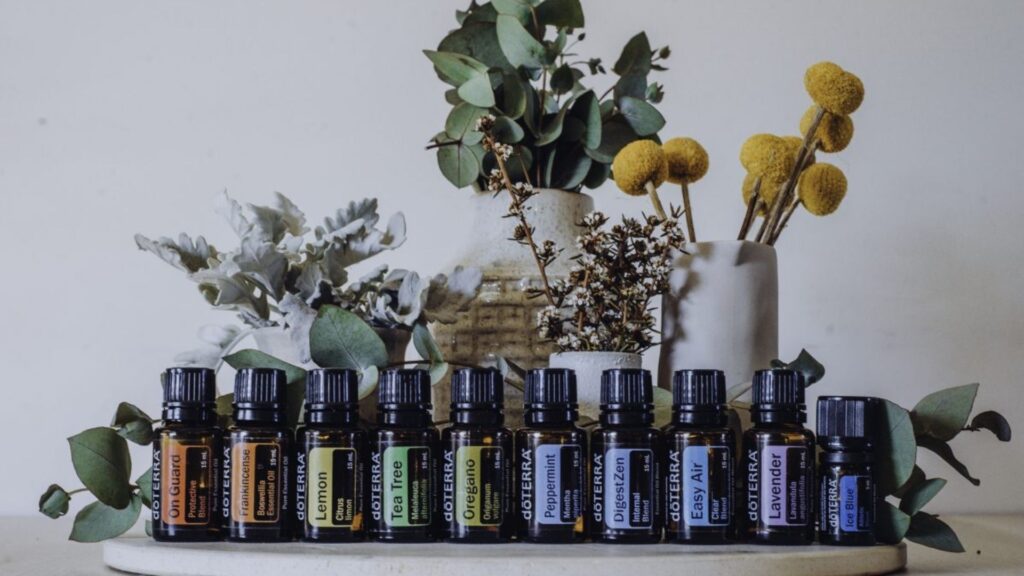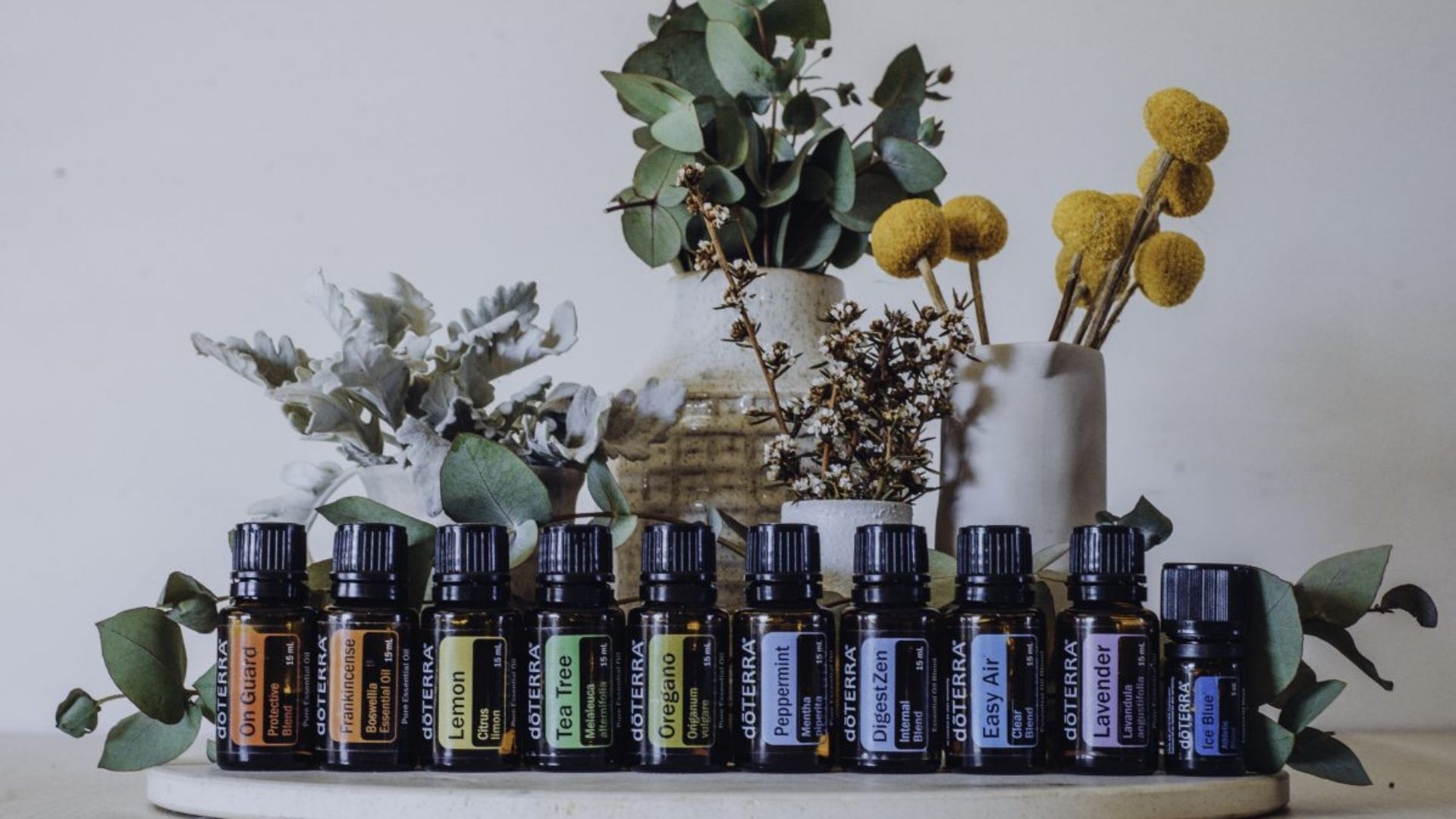There are 3 ways you can use essential oils: Aromatically, Topically and Internally. Ingesting essential oils is a contentious point even with those in the industry. Before deciding if this method is right for you, please research the oils you are using, speak to your medical professional and research some more!

Aromatic Use:
Add drops of your chosen essential oil to a diffuser and enjoy.
Topical:
As a basic guide to topical application (applying to your skin) it is always best to dilute the essential oils in a carrier base like fractionated coconut oil or another suitable oil base.
Some oils can be used neat (without dilution) on most people. These oils are considered mild and do not induce skin sensitivity. Examples of “neat” essential oils are frankincense, lavender, melaleuca, melissa, and sandalwood.
Some oils are very potent and need to be heavily diluted before use on sensitive skin or young people. Examples of these oils are peppermint, ginger, eucalyptus, wintergreen, and black pepper.
Remember: most essential oils should be diluted with a carrier oil before topical application. If in doubt, dilute!
Photosensitivity
Essential oils are potent and citus oils are photosensitive (can cause sunburn). This means that you should not apply any citrus oil to your skin which will be exposed to sunlight for 8-12 hours before exposure. If you would like to apply citrus oils, try applying them to areas that will be covered by clothing or on the soles of your feet.
Dilution guide from DoTERRA

Internally:
Before considering if ingesting oils is right for you, please know that not all oils are created equal, and a lot of oils contain contaminants due to the nature of mass production and value engineering. Please research the oils you are considering and ensure they are PURE essential oils. Ask for safety data sheets or for more information from the supplier. Personally I like to recommend doTERRA Essential Oils as each batch is tested and certified to be exactly what is written on the label. You can also look up the details for the batch by referencing the batch number on the bottle and referring to the CPTG website. For more information on the testing doTERRA conduct on their oils, please see this link.
